Self-selection is a technique that permits people to choose what team they can work in. There is fantastic material in this Agile Alliance blog post describing the hows and the reason behind the use of this approach in defining new team structures.
You have three steps to do this: 1) preparation, 2) the workshop, and 3) the follow-up. The post I mentioned before did a deep dive on each of these steps if you prefer more context.
As with any facilitation, self-selection must be done with caution and care. In my experience, when I ran the workshop, I saw a lot of opportunities to change cultural things that the approach opened in my mind. I will describe some of these experiences and adaptions I made in this post.
Experience 1— Pre-filled teams by people’s choice
After the COVID pandemic, I tried to adapt some ceremonies to a full remote context. In this case, we made a slight change in the workshop, using simple Google Forms to possibilities people to choose the team before the meeting.
Additionally, we added a secondary team that the person would like to work in and an option to select the team — with who they wouldn’t want to work. With all the answers, we did the meeting with the possible configuration, and the participants could confirm their chosen teams. People did a brief discussion, but the overall structure was preserved, and the workshop took just 1 hour.
Afterward, we collected feedback to ensure people were comfortable with the final team setup.
Experience 2 — Let the people think before decide
Sometimes, people need time to think about a decision, and it is not different from a decision related to being part of a new team.
In a specific case, I did the workshop demonstrating the goals and the desired team structure for the people, answering questions and doubts (Q&A session), and giving people space to think about which team they will choose. After two days, I did a new session, and they chose the team.
The advantage of this approach is to permit people to bring concerns and suggest new possibilities of structure — some people asked about missing roles in a specific team.
An alternative is to write down a document or presentation and send it to the people before the decision session. You can use an RFC or any document template to describe and share the new proposed structure of teams.
Experience 3 — building a Competency Matrix to discover the needed skills
Sometimes, the teams don’t have a clear vision of their gaps, making it hard to decide if we need a new role or a different competency for the actual people.
An exercise called Competency Matrix, from Management 3.0, could help with it. You can read more about it in this blog post — I’ll not dive into this topic here.
After running the exercise, you will see the skills the teams don’t have and decide if they will invest in learning that or if you need to open a position.
This will make the opening of a new internal position assertive, and you can be direct when the self-selection happens, removing possible uncertainty about what the team needs.
…
A final piece of advice is to be next to the people who did the movement for another structure. Get feedback and ask if they are using their skills in the new team and if the purpose, goals, and projects match theirs.
If you have any question or has a different experience using self-selection, feel free to add them bellow in the comments section!


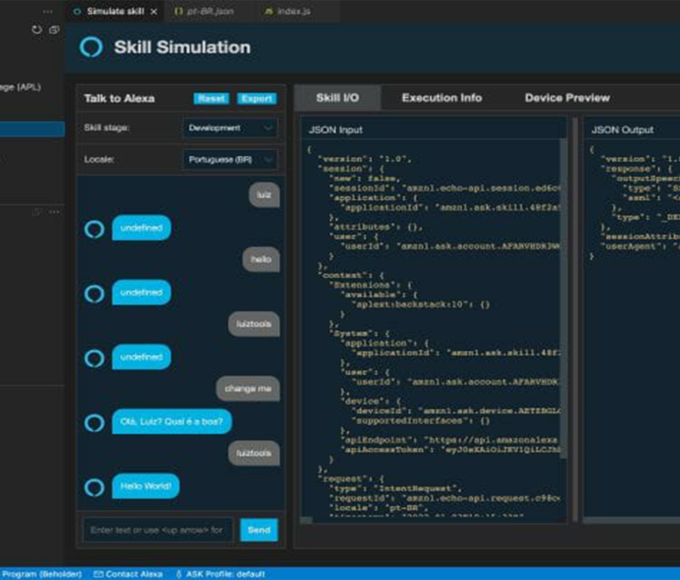






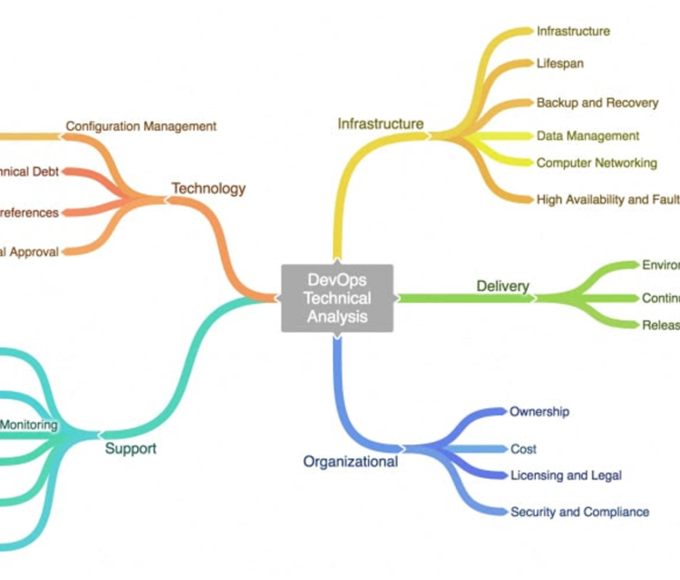




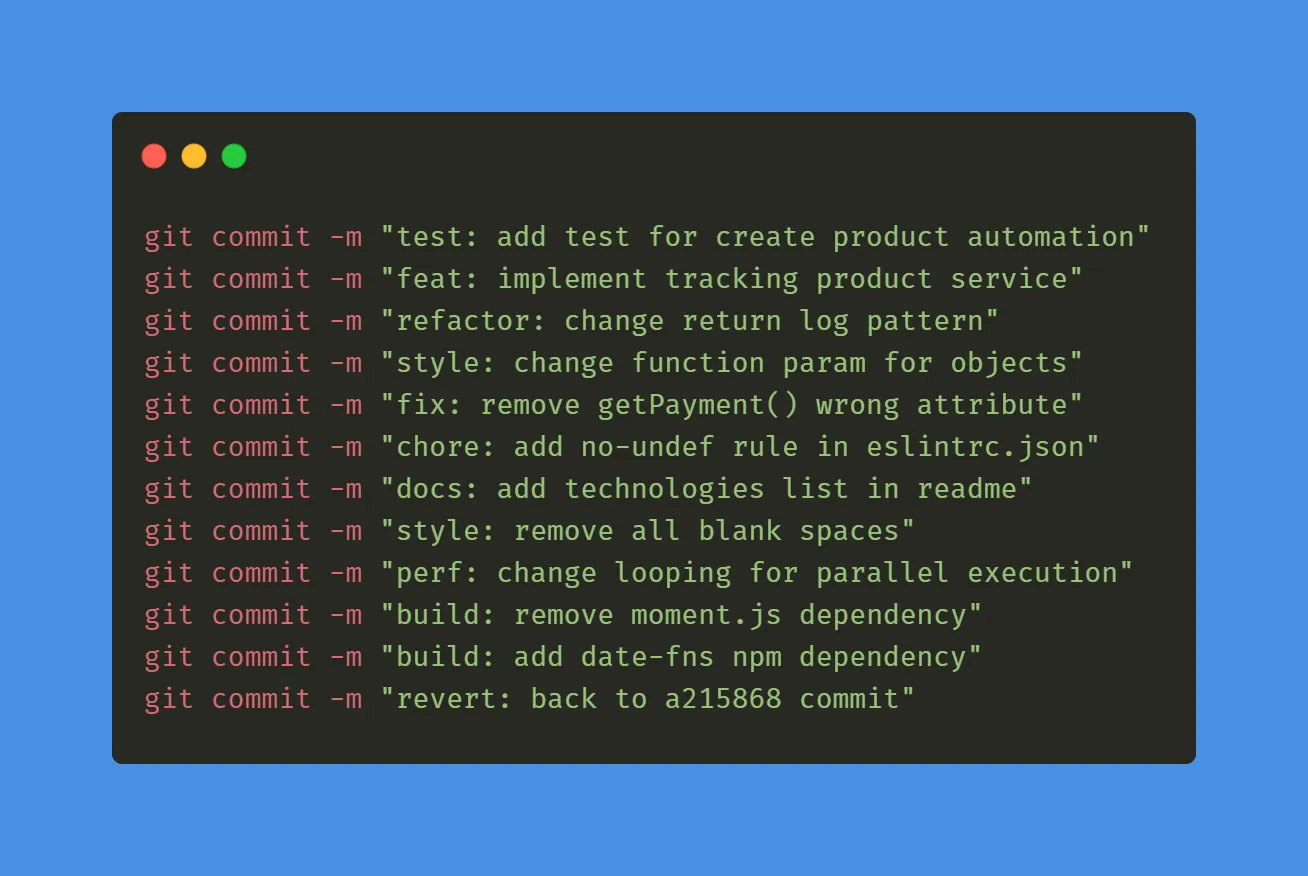

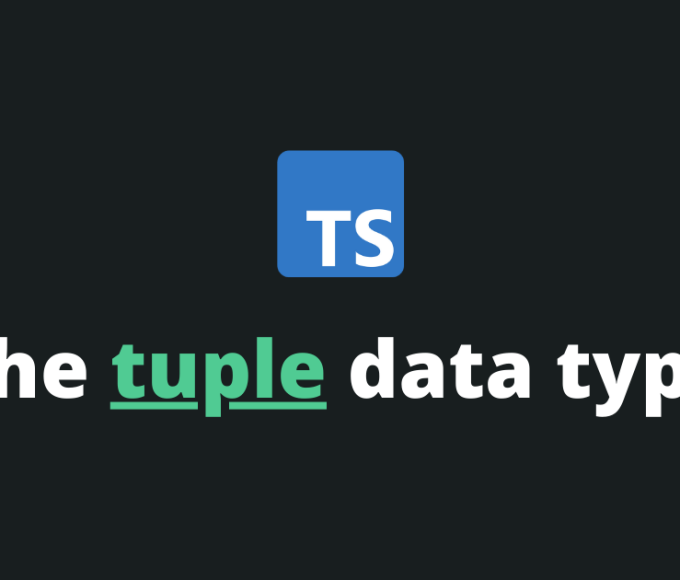



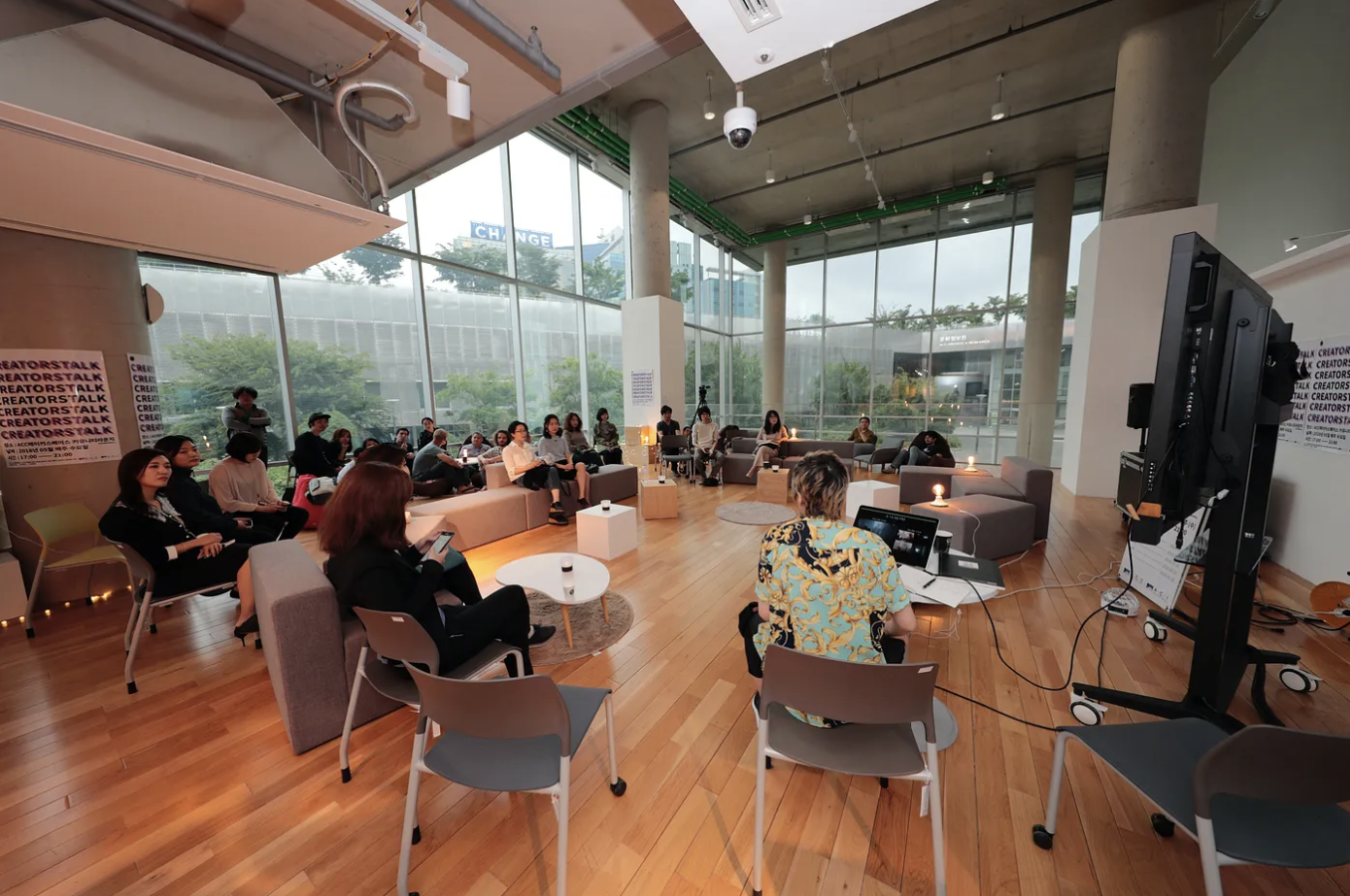


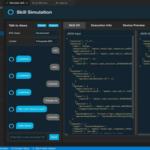

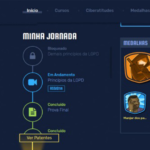

Leave a comment